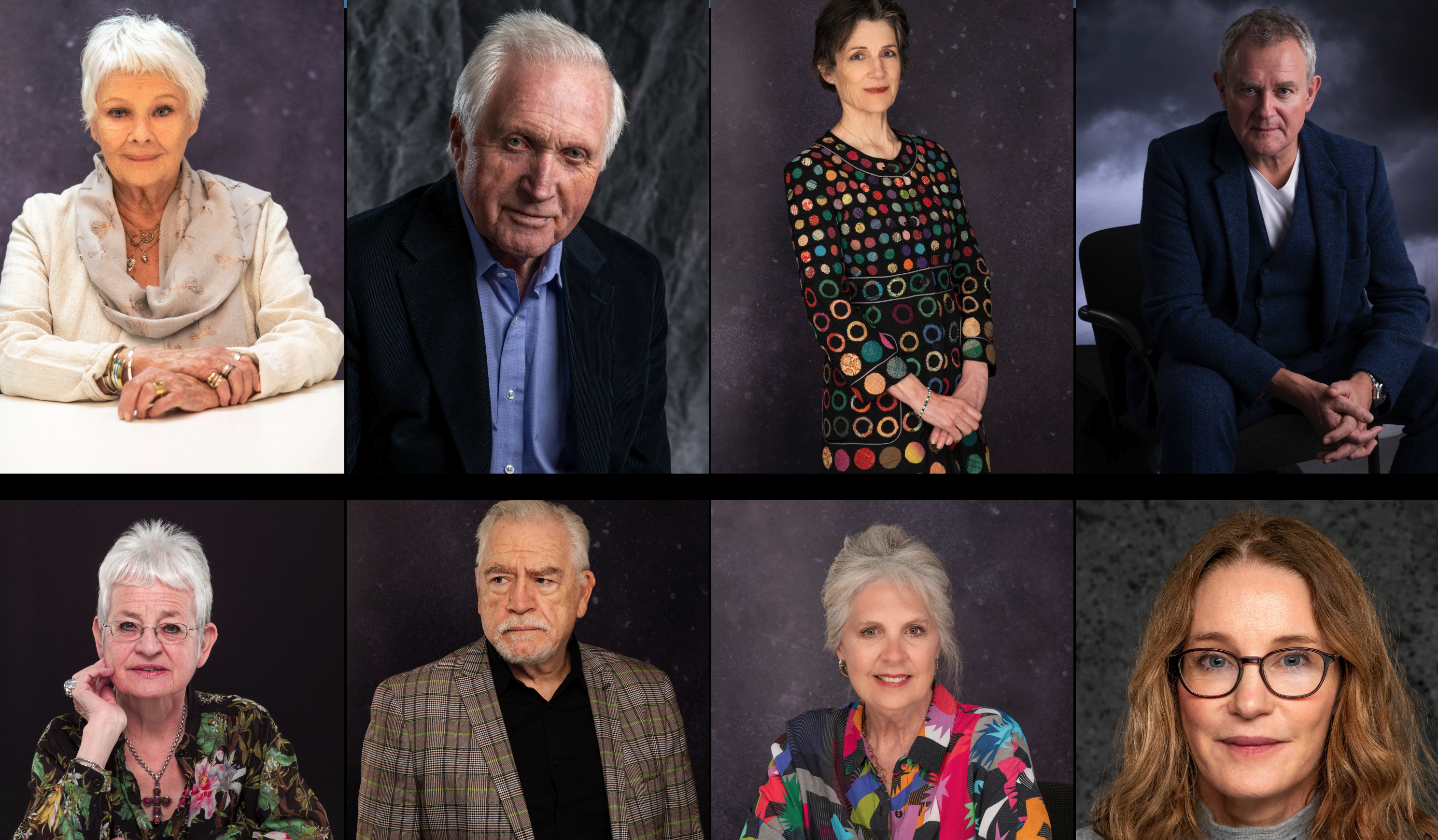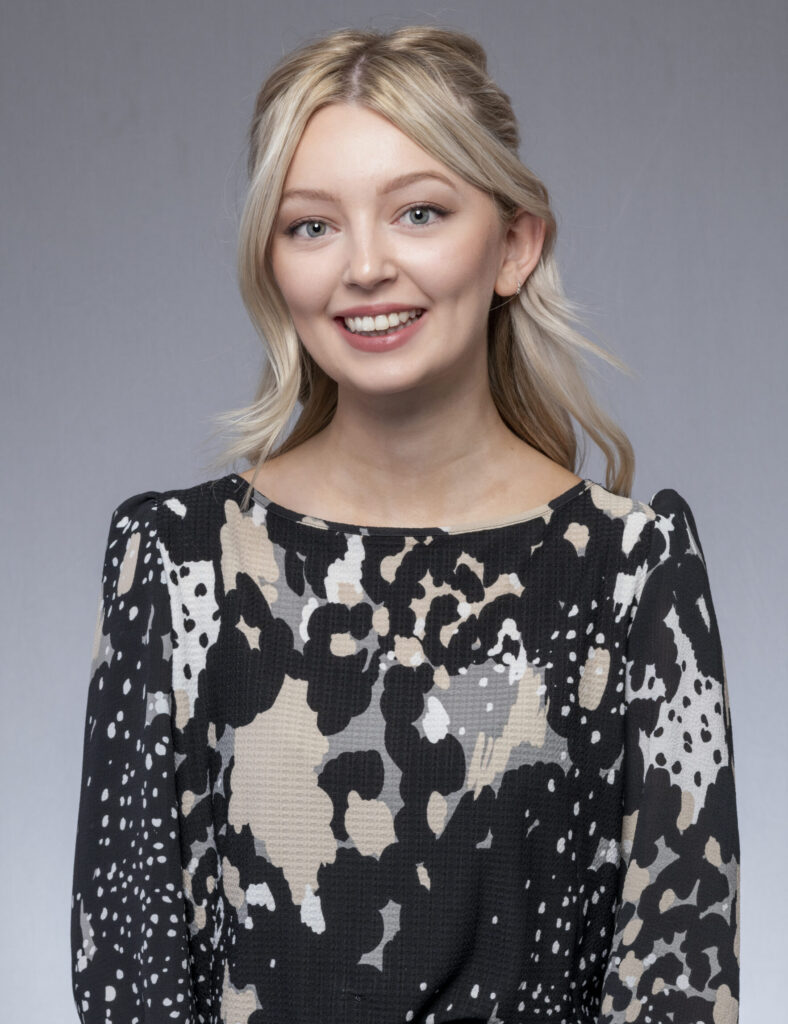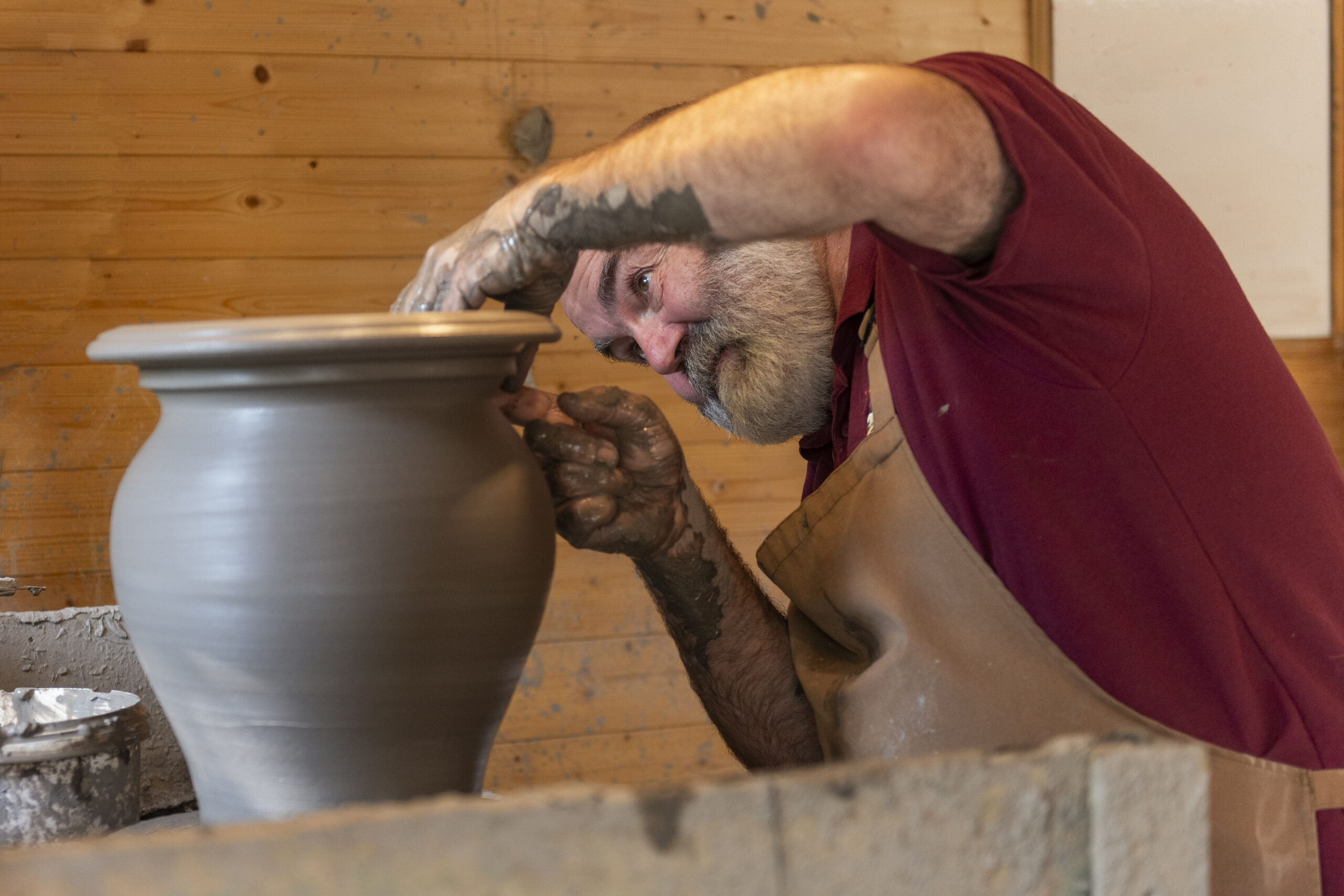
What background should a headshot have?

Black,white,grey or coloured backgrounds for headshots?
A large part of my commercial photography work is taking headshots for clients.
But what background should they choose?
It seems like a simple question, as indeed it is, however the answer is far more complex.
Black, white or grey?
Even these simple choices should be considered carefully as I shall explain.
The reason behind someone having a headshot is an important consideration. Is it for their LinkedIn Profile, a job application, promotional material, or perhaps even an official document?
Probably the most simple headshot is a passport or drivers licence image. The restrictions for an official portrait for a passport or visa are often very specific and the details are available from the body requiring the images.
A plain white background is normal, but I suggest you download the specifications and check.
Visa applications with job applications can be complex and in my experience have to be carefully followed. The size of the print often varies and the photographer has to sign the image to confirm the subject is who they say they are and the photographer has to verify his or her own website and identity.
Often there is a time sensitivity, requiring a fast turnaround, and the quality of the print has to be stable and photographic rather than just inkjet produced.
The clothes selected and expression are limited as not to distract from the subjects face, the choice of camera and the appropriate lens are also a consideration, as well as the choice of background. Whilst 90% plus require a plain white background, I have seen pale blue or grey as allowed options in rare cases.

Headshots for LinkedIn – Website – Personal Brand.
This is an area that does not have specific requirements, however the subject themselves often wish to have a ‘look’ that has a background that is more adventurous or fashionable?
Plain colours of all hues and gradations are possible, but remember the main subject is the person, so the more complex the background the image may say something far more confusing that a simple plain background and a well lit face with a great expression.
Choose your background with care!
White :
White shall be the ‘cleanest’, most clinical and the most official. It can also be the one that ensures your face is the most important element in the picture. Light coloured clothes can create a ‘washed’ out look, another consideration that has an effect on the final outcome.
Black:
Always dramatic in the nature of its ‘mystery’, a black background can ensure that the face is well framed and with diverse skin colour there can be a great subtly in the image, dark hair can blend into the background, as can dark clothes. The final image can also be effected by the way it is printed or delivered. Black can ‘spill’ onto a subject, especially with poor printing, and it may impact images on the reverse of a page, especially if the background occupies a large part of the image and becomes ‘Low Key’.
Grey:
Increasingly I am shooting headshots on a grey background, more so than on any other. Maybe this is a fashion trend, in which case I have been well ahead of the game as I have advocated grey as the background of choice for over 10 years.
The problem with using a grey background for a headshot is that there is no ‘standard grey’. Black and white do have variants but most people see them as simple binary choices. Grey is something that has so many variations.
Even a grey background that is made out as a neutral is never, neutral. The colour temperature of the light, its direction, and quality can produce subtle colours. Many people see green when they see a grey background, whilst others see a magenta tint.
The great thing about grey is that it unifies a set of images, and works with people across ethnicity. The lighting can change but the uniform grey helps harmonise a series of portraits as well as individual images working well.
Colour can easily be added to a grey background, with gel coloured lights as well as tone changes from dark to light.
Other Backgrounds:
In the context of headshots, I have suggested that the background is not a large proportion of the images, the headshot itself is what is the main subject, but there are reasons to choose different backgrounds, brand colours, design consideration all can be an argument for alternative backgrounds, but remember, if you are after a headshot, it should be about the head and expression, the background should be just that! Or should it?
The background of a photograph is an element that has to be there, it should be considered like every element but it is the sum of all the elements that makes up the final image.
So, when deciding who is going to be the photographer of your companies headshots, be sure to have the conversation about the background.
LG Nov 2023
There are two rules in photography.
Rule One – Look Cool
Rule two- there are no rules!
– Lorentz Gullachsen 1988.
